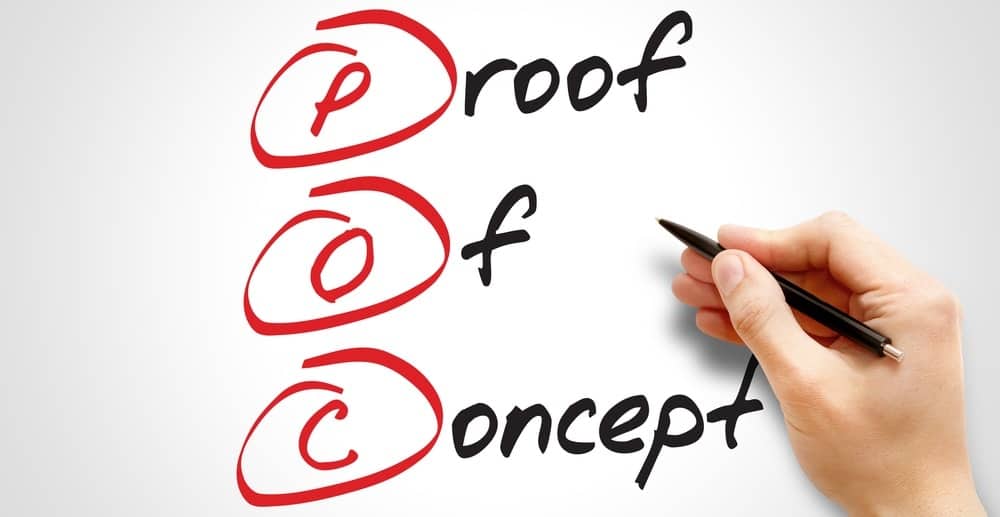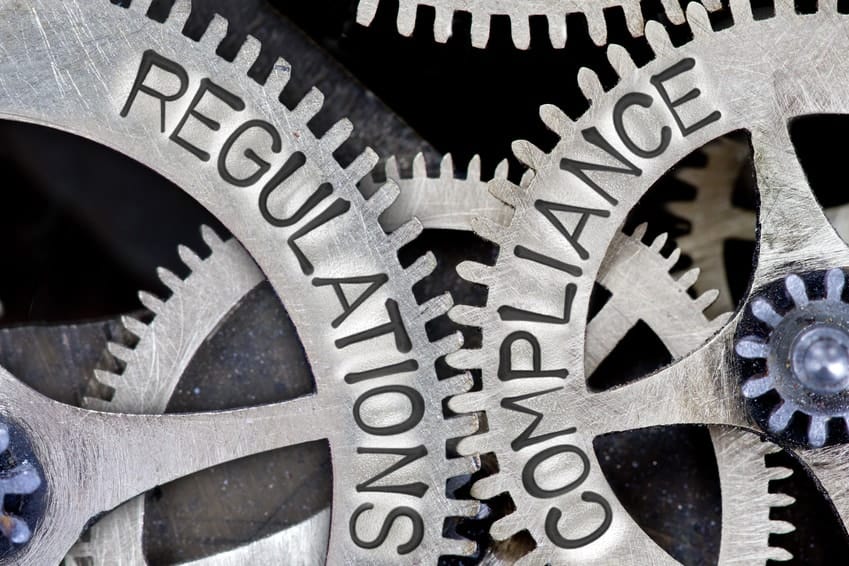Toothbrushes. We all use them. They are a necessity for that dashing smile we crave. Sometimes using them can be a hassle, but we know how much we need them, especially when we forget them. The same can be said for our passwords. We all have one (hopefully a lot more than one in reality) that we use every day… Now I’m not saying a good password will leave you with a minty fresh breath, but it does give you a million dollar smile when you know you’re protected. You’d be surprised at how similar the rules of the toothbrush and password management truly are:
- You don’t share it – Your toothbrush is yours and only yours. The idea of someone else using it makes you feel pretty gross, right? The same goes for your password. No one should know it or use it. Who knows how they treat theirs?
- If it’s worn out then it’s time for a new one – Replace it regularly. Eventually, your toothbrush gets worn and doesn’t do the job it’s supposed to do. If you reuse the same password all of the time, it also is not going to do such a great job. The frequency of password change is currently up for debate, as long as the password is complex, but one thing we can all agree on is that you should not be using the same password for all services. Change it up!
- You keep it in a special place – You usually have a spot on the bathroom vanity for your toothbrush to ensure it doesn’t get dirty or contaminated. The same applies for storing your password. Do not write it on a post-it note and attach to your monitor. Do not keep it in the “passwords.txt” file on your desktop. If you do need a secure location to store them, look at the many free tools available on the internet such as KeePass or LastPass.
- A more ‘complex’ toothbrush can do a better job – Sure you can use a basic toothbrush, but if you want a really good clean you go for one with extra special bristles, or even an electric one. For a password, its complexity can determine how easy it is to crack. Using “Password1” or something similar is nowhere near as good as something much longer (e.g. greater than 10 characters) and also includes special characters.
Now as every dentist ever has told us, a toothbrush alone is not enough to achieve healthy teeth and gums. You need to floss as well!
- Floss after brushing – A password, like a toothbrush, can only do so much. By adding an extra layer to the process, we can significantly increase our cleanliness/security. So the “floss” in this case would be multi factor authentication of course! This is where you are prompted to enter a code that is different from your password and usually accessed via another device such as your mobile phone. By adding this extra layer of protection, even if your password is guessed a hacker would not be able to progress any further.
Like dental hygiene, password management is something that is drilled into us constantly but can sometimes be hard to follow consistently. Fortunately, many policies and controls can be put in place to ensure company requirements are met. So if you need a password management check-up get in touch with us. If you feel your dental hygiene process isn’t up to scratch, it might be best to get in touch with your dentist.
If you’re looking for consultancy services to help design your own IT business processes, contact Starboard IT to find out what we can do for you.


